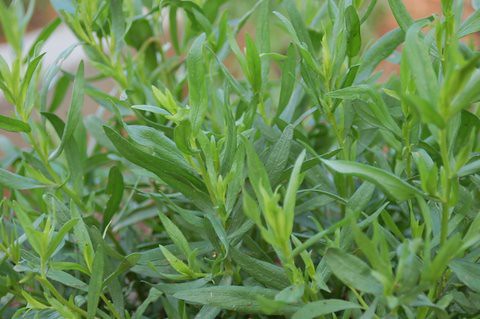Botanical Description:
Scientific Name: Tabebuia impetiginosa
Common Names: Pau d’Arco, Lapacho, Taheebo
Description:
Pau d’Arco, scientifically known as Tabebuia impetiginosa, is a large flowering tree native to South America. With a history of traditional use among indigenous communities, Pau d’Arco has gained recognition for its potential therapeutic properties. Explore the traditional uses, constituents, and applications of Pau d’Arco in this Materia Medica.
Disclaimer:
This Materia Medica is provided for informational purposes only and should not replace professional medical advice. Please consult with a qualified healthcare practitioner or herbalist before using any herbal remedies.
Therapeutic Actions:
- Antifungal:
- Pau d’Arco is known for its antifungal properties, traditionally used for addressing fungal infections.
- Anti-Inflammatory:
- Exhibits anti-inflammatory effects, contributing to its potential role in managing inflammatory conditions.
- Immune Support:
- Pau d’Arco is traditionally used for immune system support, potentially enhancing overall immune function.
- Antioxidant:
- Contains antioxidant compounds, contributing to its protective effects against oxidative stress.
Constituents:
- Lapachol:
- Lapachol, a naphthoquinone, is a major constituent in Pau d’Arco responsible for its therapeutic effects.
- Quercetin:
- Quercetin, a flavonoid, contributes to the antioxidant properties of Pau d’Arco.
- Beta-lapachone:
- Beta-lapachone, found in Pau d’Arco, is associated with its antifungal and anti-inflammatory effects.
Traditional Uses:
- Fungal Infections:
- Pau d’Arco is traditionally used to address fungal infections, such as Candida overgrowth.
- Inflammatory Conditions:
- Used for its anti-inflammatory effects, Pau d’Arco may assist in managing conditions like arthritis.
- Immune System Support:
- Traditionally employed for immune system support, Pau d’Arco may enhance the body’s defense mechanisms.
- Detoxification:
- Pau d’Arco is sometimes used in traditional practices for detoxification purposes.
Dosage and Preparation:
- Pau d’Arco Tea:
- Infusions or decoctions can be made using Pau d’Arco bark for internal use. Dosage should be in accordance with recommended guidelines.
- Tinctures:
- Tinctures can be prepared from Pau d’Arco. Dosage may vary, and professional guidance is advisable.
- Topical Applications:
- Pau d’Arco extracts or infusions can be applied topically for skin conditions. Dilution is recommended.
Cautions and Considerations:
- Pregnancy and Breastfeeding:
- Safety during pregnancy and breastfeeding is not well-established. Consultation with a healthcare professional is recommended.
- Blood-Thinning Effects:
- Pau d’Arco may have mild blood-thinning effects, and caution is advised for individuals taking anticoagulant medications.
- Allergies:
- Individuals with known allergies to plants in the Bignoniaceae family should exercise caution.
Conclusion:
Pau d’Arco, with its rich history in traditional medicine, presents itself as a potent herbal ally. From its antifungal properties to immune system support and anti-inflammatory effects, Pau d’Arco offers a diverse range of potential benefits. Whether used in teas, tinctures, or topical applications, Pau d’Arco provides versatile options for those seeking natural remedies. Precautions are necessary, especially during specific life stages or for individuals with sensitivities. This Exhaustive Materia Medica aims to provide comprehensive insights into Pau d’Arco’s botanical description, therapeutic actions, constituents, traditional uses, dosage, precautions, and applications. For personalized guidance, consultation with healthcare professionals or herbalists is recommended to ensure safe and effective utilization of Pau d’Arco as a herbal remedy.





